Have you been intrigued by historical photographs of Kastellorizian women and men with their jewellery?
Have you ever wondered why jewellery was so critical to the traditional Kastellorizian economy, and social life?
Or have you pondered about the stories that may lie behind the various pieces?
If you answered yes to any of these questions you will be pleased to learn that researcher and collector of the social history of Kastellorizo, Nick Bogiatzis, has written an absorbing and informative account of the island’s jewellery in his latest book; Kastellorizian Jewellery. A Dispersed Archive of a Past Culture.
Kastellorizo, also known by its ancient name as Megiste or Megisti, is the smallest inhabited Greek Island in the Dodecanese group, located about 2km off the south coast of Turkey and 75 km east of Rhodes.
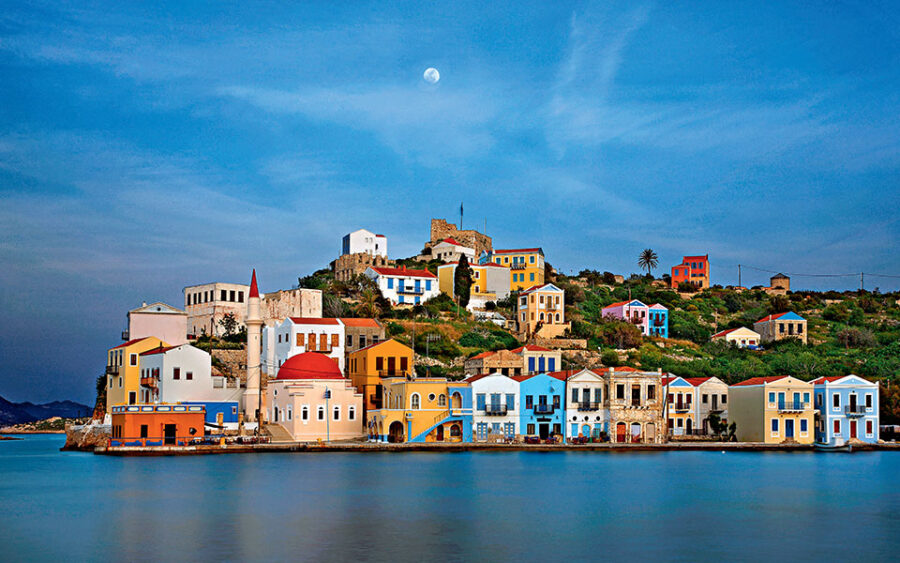
Referred to by various different names throughout its history including Castelrosso (the French called it Chateau-Roux), Castello Rosso or Castel Rosso, and Castel Ruggio, the name Kastellorizo was used by the medieval Knights of Rhodes, inspired by its towering red cliffs rising from the sea which from a distance appear to be a medieval castle.
Only around 10km2 in area, the tiny island has become more popular in recent years among tourists looking for an isolated place in the Dodecanese, also partly due to the Oscar-winning movie Mediterraneo (1991) by Gabriele Salvatores, which was filmed on the island.
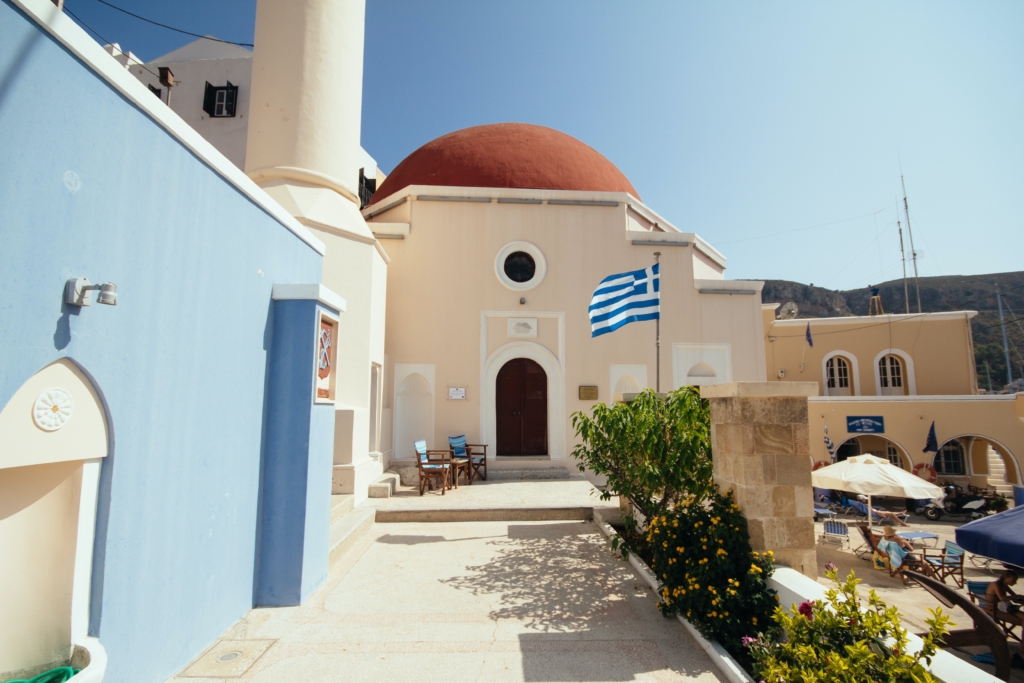
But for Nicholas Bogiatzis, Kastellorizo has always been a place of the imagination.
Both sides of his family are part of the island’s diaspora, having left over a century ago, but their engagement with the island continues.
As with so many of the migrant community, the stories of the Yiayiades underpin both our cultural and personal identities. For Nick, growing up in Townsville in Australia, the tales of pirates, war, and travel told by the older generations were enriched by physical objects of this other world.
Treasured contents of trunks consisted of gold-shot silk clothing, rich brocades, fur-lined velvets, and extraordinary jewellery, items that seemed alien in the world around him. Items providing evidence that for the Kastellorizians, less was definitely not more.
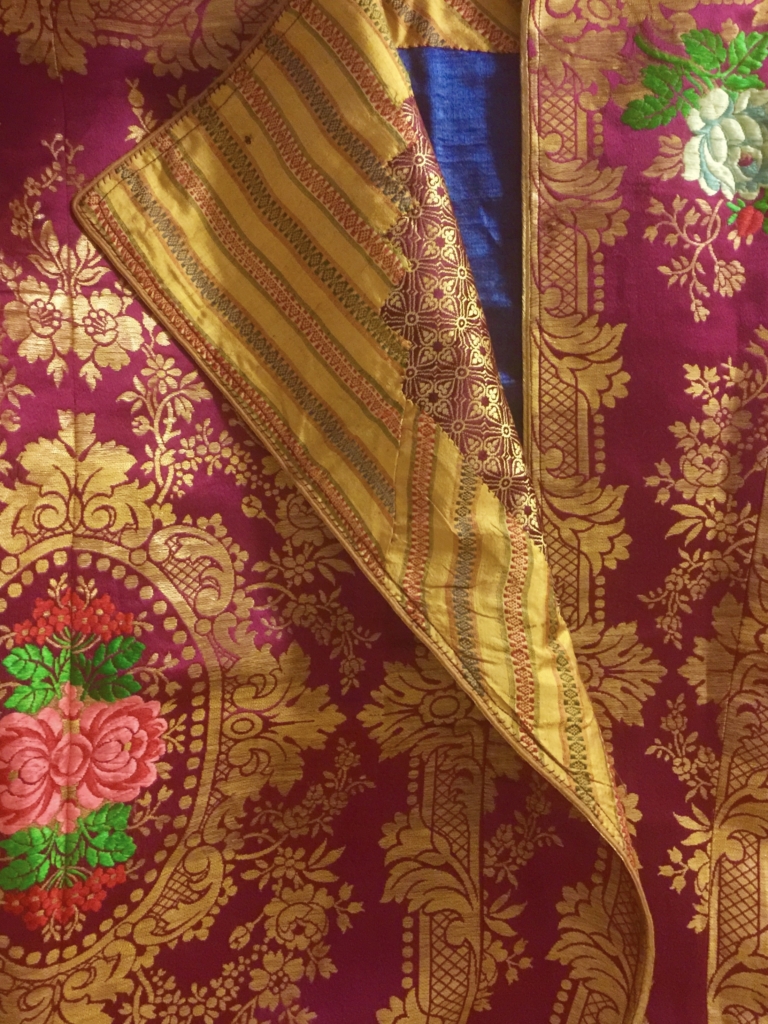

The Kastellorizian culture is a rich one. In the early days it was famous for the traditions of its inhabitants including their social customs and the delicious Kazzie food.
A trading island with a beautiful harbour, many of the inhabitants of Kastellorizo were ship-owning merchants who traded throughout the Aegean and through to Odessa.
The costumes of the islanders were beautiful and elaborate, their rich and opulent dress made with brilliantly coloured fabric, often with heavy, gold embroidery and adorned with several necklaces, unique ring-brooches, pendants, earrings with ancient Venetian or Byzantine(s) gold coins fashioned into jewellery.
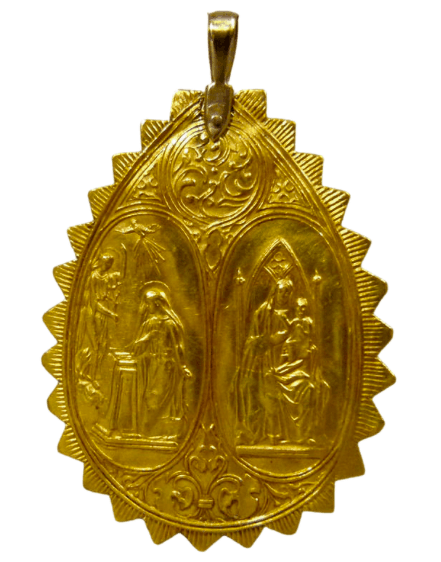
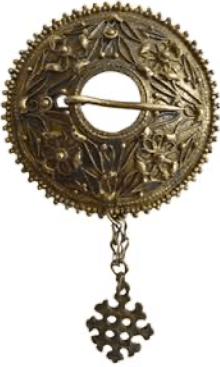

The discernible display of wealth, particularly through jewellery was essential to portray success, and to achieve a good arranged marriage.
However, the history of Kastellorizo is fraught with natural hardships endured, fires, and successive occupations, explaining why its people feel so extremely passionate about their heritage.
During World War II the Island of Kastellorizo was severely bombed and burnt, while the remaining inhabitants were evacuated. Many of their possessions were pillaged or destroyed.
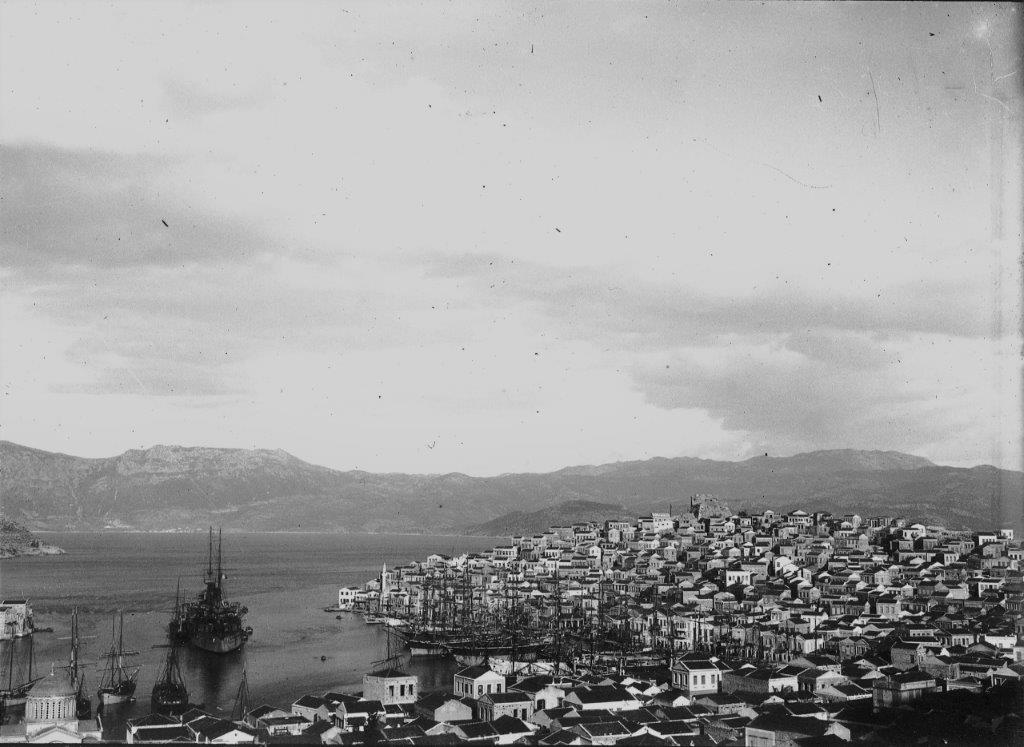
At its peak, the population of Kastellorizo reached 9,000. But sadly by 1943, the evacuations left only 50 inhabitants on the island.
The remnants of this once resplendent society as seen in old books such as the glorious antique ramparts, walls, wells and mills; Venetian etchings from 1659; and examples of coins and jewellery; are increasingly diminishing.
* Kastellorizian Jewellery and other Traditional Items: Presentation by Author Nick Bogiatzis about traditional Kastellorizian jewellery and artifacts as part of the Treasures of Kastellorizo – From the Cabinets of the Memory Keepers Exhibition hosted by the Kastellorizian Association of Victoria in August, 2015.
The recognition that the island’s heritage was being lost, the stories were being forgotten, the pieces of this once thriving culture were becoming scattered and overlooked, provided the inspiration behind Nick Bogiatzis’ latest book.
For the first time, Kastellorizian Jewellery. A Dispersed Archive of a Past Culture brings such information together, as the author strives to preserve the island’s extraordinary social history and unique story.
Piecing together the information has taken years, drawing on individuals’ memories and the few written resources available.
Kastellorizians from around the world have shared photographs of their jewellery to beautifully illustrate the book’s pages, illuminating the stories behind the jewellery and taking the reader on a rich journey into a magnificent past culture.
Kastellorizian Jewellery. A Dispersed Archive of a Past Culture is a fascinating read for those with an interest in the island of Kastellorizo or in traditional jewellery.
It also includes useful glossaries of Kastellorizian words for their jewellery, and for the (usually gold) coins used on the island.
The very limited edition illustrated hardback text is now available for sale.
Other work by Nick Bogiatzis includes a book co-authored by Sydney barrister Nicholas Pappas An Island in Time. Castellorizo in Photographs 1890 – 1948 as well as a set of short stories for children.
NOW AVAILABLE FOR SALE
Kastellorizian Jewellery. A Dispersed Archive of a Past Culture
Author: Nick Bogiatzis
Size: 236mm x 177mm x 11mm
Hardback edition, Halstead Press, Canberra
Published 2020
88 Pages
COST
AU $55.00*
To purchase the book, contact us at [email protected]
*Note: this does not include postage and handling
POSTAGE AND HANDLING
Australia single copy AU $7.00
Australia 2-3 copies AU $13.00
Australia 3-5 copies AU $16.00
Single copy to USA or Europe AU $33.00
For postage and handling costs for multiple copies email: [email protected]
BOOK CONTACT POINTS
kazzijewellery.wixsite.com/book
READ THIS ARTICLE ALSO ON GREEK CITY TIMES:
Kastellorizian Jewellery: A Dispersed Archive




